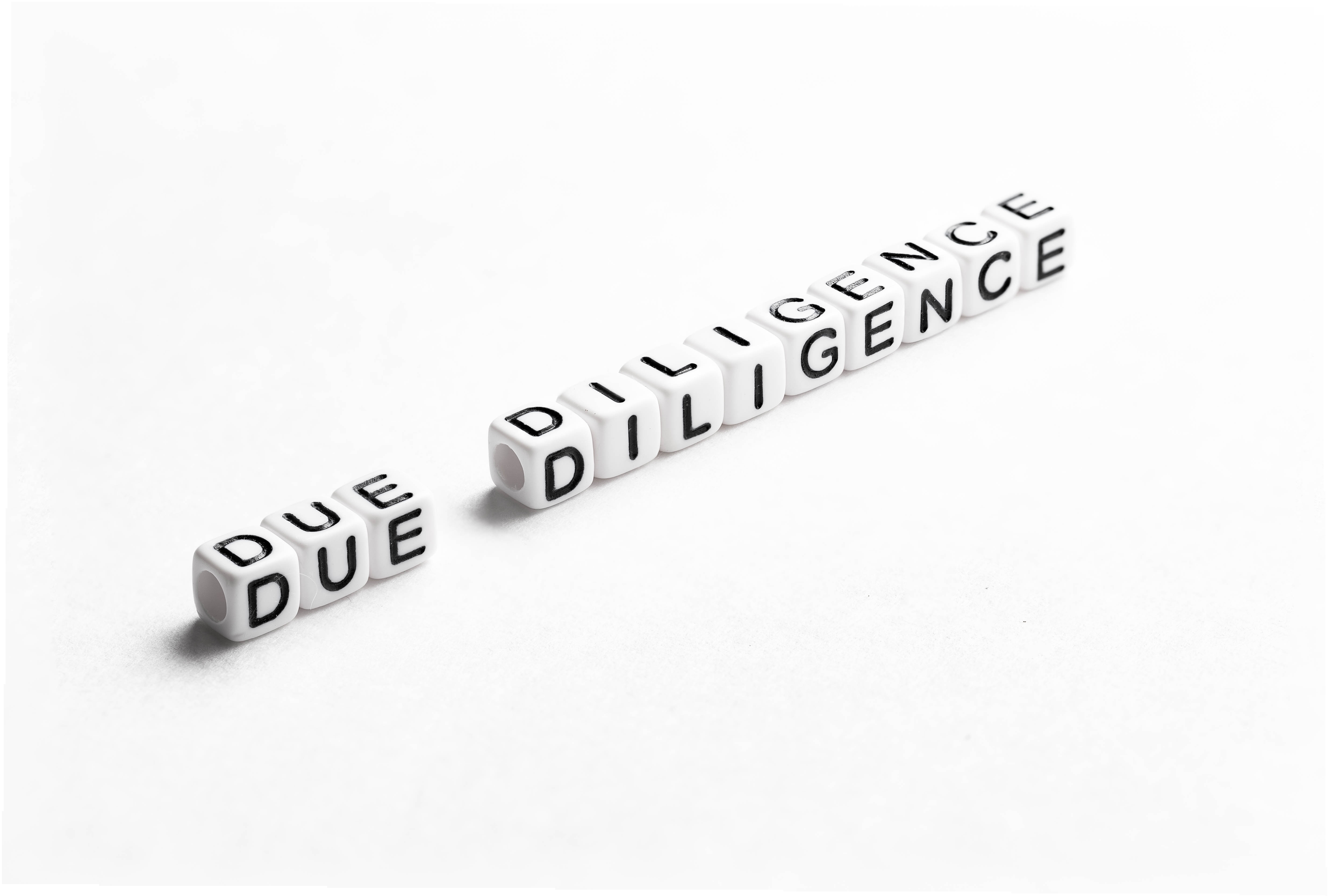If you’re like most businesses, you have a host of third-parties that you depend on to support your core business functions. Third parties, such as suppliers, distributors, and third-party vendors, may include local agents, joint venture partners, and so on. As organizations benefit from multiple connections, they also face the challenges of managing the vast network of third-party spread across geographies. Many of these third parties have access to your internal network, some are directly associated with your clients, while some are highly crucial for your production process. All these factors put third parties in a position from where they can directly affect your business as well as reputation. Hence, it is required to check third-party compliance as part of due diligence report prior to hiring a third party. This article outlines four steps for an effective third party due-diligence process and highlights the best practices involved.
Step 1: Identify the Right Supplier with Comprehensive Third -Party Due Diligence
For any business, having the right supplies is critical to maintaining compliance and avoiding third-party risk. This holds especially true for manufacturers, who depend on their suppliers for quality materials and tools to produce top-notch results for their own clients. Meeting your production timetables takes a toll if your suppliers take forever to get you the supplies you need to start work in the first place. Your supplier should also be able to take your product and service to the market to the right customer and in the right quantity. A few things that you should consider while screening a supplier could be:
- Checking their past history with other clients
- Average wait time for an order to be fulfilled
- Consistency in delivering products and services on time
- Certifications and valid documents are part of due diligence to ensure compliance.
Conducting proper third-party due diligence on suppliers can help identify any red flags that could pose potential risks to your business, such as inconsistent deliveries or unethical practices.
Step 2: Conduct a Geographical Demographical Assessment in Your Third- Party Due Diligence Process
High-speed internet has become so easily accessible around the globe, that many entrepreneurs assume the world to be one big homogeneous market and project their business to scale accordingly. Many-a-times, this leads to the businesses’ failure in addressing the real cultural, economic and political differences. In order to avoid the most common mistake of overestimating a particular market’s potential, do not base the results on your domestic context as it may lead to compliance issues. When dealing in a financially volatile foreign market, it is always wise to have a risk management program prepared for large and frequent economic swings. Fluctuations in currency exchange rates can eat on your profits and pose a risk management challenge. The cost of doing business in any market is largely dependent on local transportation, energy, technology, and financial services. You have to be mindful of all these factors in order to ensure that your supplier chain is resilient against potential risks associated with disruptions.
Incorporating best practices in this third-party due diligence process includes assessing the geographical and demographical factors that may impact your supply chain and third-party risk management.
Step 3: Download a Business Information Report for Thorough enhanced due diligence
Business information report is vital for assessing third-party relationships and their associated risks and helps you conduct due diligence checks and enable faster decision making without additional risk. You can use this detailed report to help mitigate potential business risks by assessing a company’s operations, financial performance and public filing records. CRIF’s business information report is essential for assessing third-party risk and helps in buyer and supplier risk assessment which includes identifying active suppliers, identifying suppliers that can pose the greatest risk to their product launches, expansion plans or projects, etc. A typical business information report from CRIF provides basic supplier company information such as business registration details, legal forms, and address apart from the financial information. It also consists of a supplier risk assessment rating to understand the risk level of the supplier. Bank details such as accounts, loans along with name, address and branch of the bank used by the company and other historical details about the management. All these details help you build a clear image of your client so that you have a better understanding of what you are dealing with.
To streamline the process, downloading a business information report is part of due diligence best practices, as it provides comprehensive data needed for an effective third-party due diligence process.
Step 4: Regularly Review Your Third-Party Due Diligence Process
Companies focus so much on the initial screening process that they forget the importance of continuous monitoring of their third parties. There is nothing worse than an effective “initial” review of the due diligence process without any follow up or risk mitigation strategies. Commit to recurrent reviews with stakeholders to ensure a simplified due-diligence process can mitigate third-party risk effectively.
An ongoing due diligence review is crucial to adapting to changes in the market, the regulatory environment, and third-party data.

